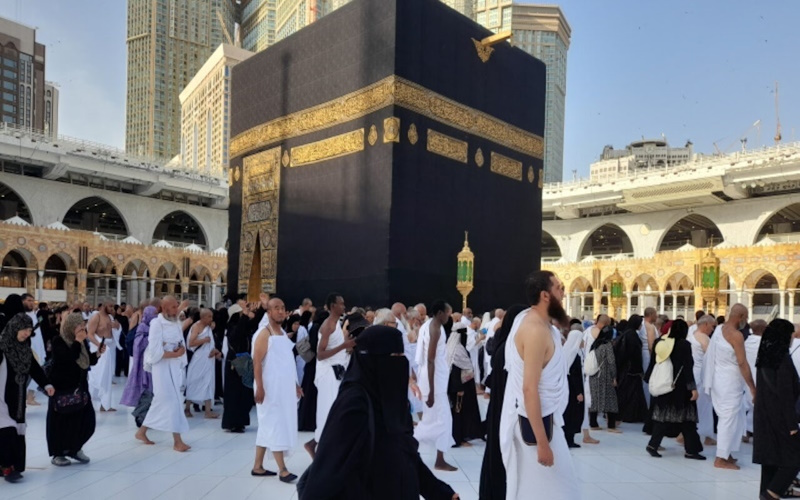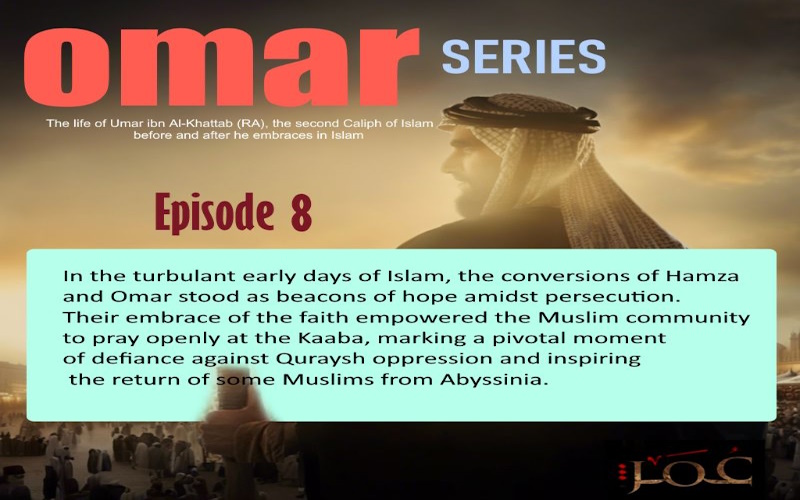Umrah is a religious pilgrimage to Mecca that Muslims perform from around the world. It is not as mandatory as the Hajj but is still considered an essential act of worship. It can be performed at any time of the year.
In this article, we will guide you on how to perform Umrah. Including the requirements, steps, do’s and don’ts, and other essential details.
Here’s a step-by-step guide to performing the Umrah pilgrimage:
Entering ihram: Before starting the Umrah, it is necessary to do ghusl (purification ritual), putting on the ihram clothing and making the intention to perform Umrah.
Tawaf (circumambulation): Upon arrival at the Holy Mosque in Mecca, the first rite to be performed is the Tawaf. This involves seven circumambulations of the Kaaba, the holiest site in Islam, in a counter-clockwise direction.
Sa’i (walking between Safa and Marwah): After Tawaf, the pilgrim must perform Sa’i, which involves walking seven times between the hills of Safa and Marwah.
Halq or Taqsir (cutting or shortening hair): After Sa’i, the male pilgrim must shave or cut their hair to complete the state of ihram. On the other hand, women are required to trim a small portion of their hair.
Farewell Tawaf (Tawaf Al-Wadaa): Before departing from Mecca, a farewell circumambulation of the Kaaba must also be performed, known as the Tawaf Al-Wadaa. (There is a difference of opinion on this issue).
Returning to a normal state of dress and behaviour: After completing Tawaf Al-Wadaa, the state of ihram is ended, and the pilgrim can return to their normal state of dress and conduct.
It is important to note that the Umrah pilgrimage should be performed with humility, devotion and a sincere intention to seek the pleasure of Allah. Umrah is a pilgrimage Muslims undertake to the holy city of Mecca in Saudi Arabia. It is a journey of spiritual significance that has been performed by millions of Muslims from around the world. But what exactly is Umrah, and why is it so important to Muslims? In this article, we will explore the key aspects of this pilgrimage, including its history, significance, and the various rituals involved.

Is Umrah a pilgrimage?
Yes, Umrah is a pilgrimage or a journey made for religious purposes. It is a minor pilgrimage that can be performed at any time of the year, unlike the Hajj, which occurs during a specific time in the Islamic calendar.
How long is the Umrah pilgrimage?
The length of an Umrah pilgrimage depends on the individual. Some people spend a few days in Mecca performing the rituals, while others may stay for several weeks. The rituals of Umrah can be completed in a matter of hours, but many pilgrims spend more time in Mecca to perform additional prayers and visit other holy sites.
What is Umrah, and how is it done?
Umrah is a series of rituals performed by Muslims to purify their soul and seek the forgiveness of Allah. It involves entering the state of ihram, performing Tawaf (circumambulation of the Kaaba), Sa’i (walking between Safa and Marwah), Halq or Taqsir (cutting or shortening of hair), and Farewell Tawaf (Tawaf Al-Wadaa). The rituals are performed in a specific order and must be done with humility, devotion, and a sincere intention to seek the pleasure of Allah.

What is the difference between Umrah and Hajj?
The main difference between Umrah and Hajj is the timing and the number of rituals involved. Umrah can be performed at any time of the year, while Hajj occurs during a specific time in the Islamic calendar. Additionally, Hajj involves more rituals and is a much larger pilgrimage, as it is attended by millions of Muslims worldwide.
Why do Muslims go to Umrah?
Muslims go on Umrah for several reasons, including purifying their soul, seeking Allah’s forgiveness, and fulfilling a religious obligation. Many Muslims also see it as an opportunity to deepen their spiritual connection to their faith and visit Islam’s holiest site, the Kaaba in Mecca.
Who cannot perform Umrah?
Several conditions prevent a person from performing Umrah, including illness, financial hardship, and inability to make the journey safely. Additionally, women who are menstruating or experiencing post-childbirth bleeding can also not perform Umrah until they have completed the necessary purification rituals.
What to do if you get periods during Umrah?
If a woman begins menstruating during Umrah, she must halt her pilgrimage and wait until she has completed the necessary purification rituals. Once she has purified herself, she may resume her Umrah pilgrimage.
Why do we cut hair after Umrah?
Cutting or shortening hair after Umrah symbolises the completion of the ihram’s state and humility and devotion to Allah. It is a tradition that dates back to the time of the Prophet Muhammad (peace be upon him) and is an important part of the Umrah pilgrimage.






